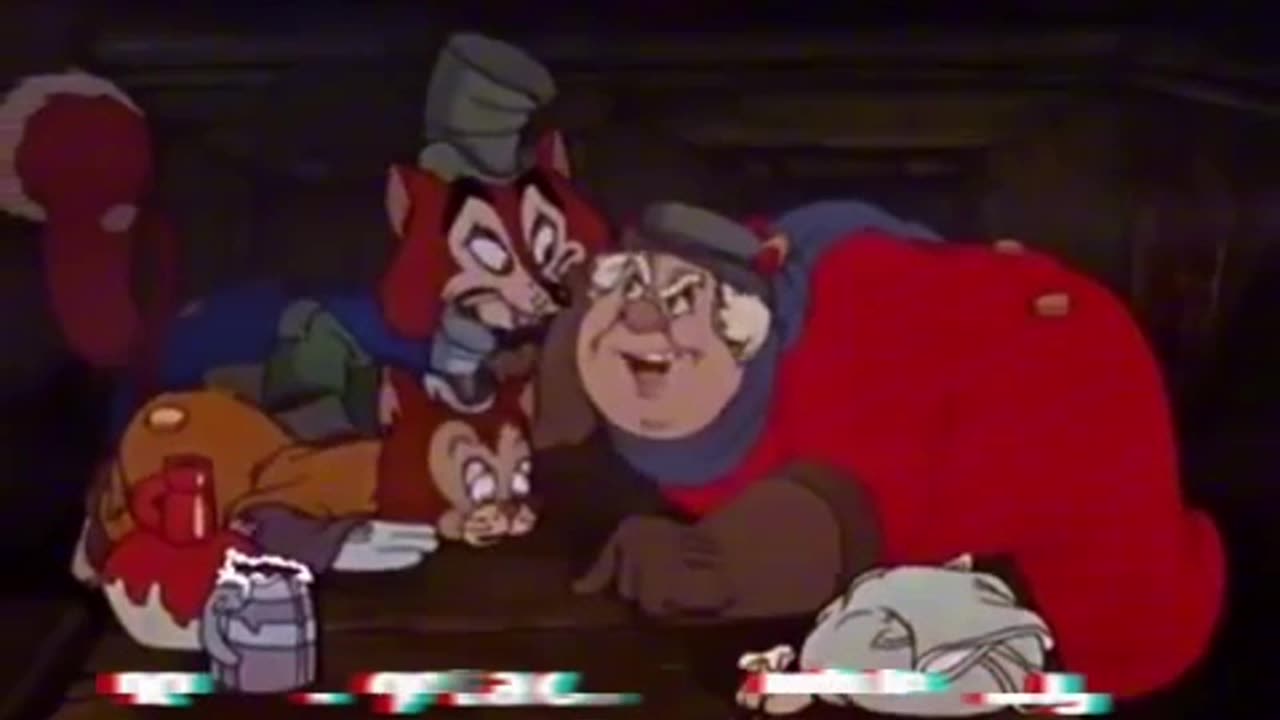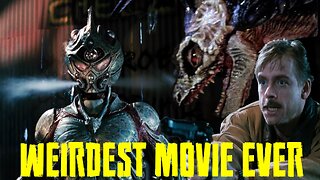Premium Only Content

The Secret Network: Unveiling the Pinocchio-Pizzagate Conspiracy
The Pinocchio-Pizzagate conspiracy theory suggests that the narrative in Disney’s “Pinocchio,” particularly the scene involving the abduction of boys to “Pleasure Island,” is a coded reference to a real-world network of child exploitation involving Hollywood, high-profile elites, and international connections. This theory integrates detailed investigations into financial links, psychological manipulation, artistic symbolism, technological surveillance, and historical precedents to present a comprehensive view of this dark undercurrent.
Financial Connections and Corporate Influence
1. Disney’s Financial Ties:
• Corporate Structure: Investigations into Disney’s corporate structure reveal complex layers of ownership and influence. Major shareholders include powerful investment firms like Vanguard and BlackRock, which have significant stakes in various media conglomerates and political entities. These financial connections suggest the potential for coordinated influence across different sectors.
• Political Donations: Disney has a history of political donations to both major parties in the U.S., ensuring favorable regulatory environments. These donations have sometimes coincided with controversial legislative efforts related to media regulation and intellectual property laws, potentially obscuring deeper, more nefarious activities.
2. Epstein Financial Networks:
• Offshore Accounts: Financial records linked to Jeffrey Epstein show extensive use of offshore accounts and shell companies, common tactics to conceal illicit activities and fund operations discreetly. Connections between these accounts and entertainment industry investments hint at a broader financial network supporting the alleged exploitation activities.
Psychological Warfare and Propaganda
1. Subliminal Messaging in Media:
• Mind Control Techniques: Disney films, including “Pinocchio,” use subtle psychological techniques to influence young audiences. Scenes depicting the transformation of boys into donkeys on Pleasure Island can be seen as metaphors for the loss of innocence and exploitation. This symbolism aligns with theories of subliminal messaging designed to normalize such narratives.
• Desensitization: Repeated exposure to dark themes and disturbing imagery in media can desensitize audiences, making real-life exploitation less shocking and easier to dismiss. This psychological manipulation serves to obscure the true nature of these activities.
2. Media Influence:
• Controlled Narratives: Mainstream media, heavily influenced by major corporate stakeholders with ties to both the entertainment industry and political power, often downplays or discredits conspiracy theories and whistleblowers. This control over public perception ensures that deeper investigations are thwarted or ridiculed.
Artistic Symbolism and Hidden Messages
1. Analysis of Disney Films:
• Recurring Themes: A detailed analysis of Disney’s filmography reveals recurring themes of abduction, transformation, and control. Films like “Alice in Wonderland” and “Peter Pan” feature similar narratives of children being led away from safety and subjected to manipulative forces.
• Symbolic Imagery: The use of specific colors, character archetypes, and settings in these films often correlates with known symbols used in secret societies and elite circles. For example, the use of labyrinths, hidden rooms, and dual personalities can be interpreted as references to the hidden and double lives of those involved in exploitation networks.
Technological Surveillance and Control
1. Advanced Surveillance Techniques:
• Data Mining: Modern technology allows for extensive data collection and analysis. Companies linked to Disney and other media giants often engage in data mining, using social media and other digital platforms to track behavior and gather personal information.
• AI and Big Data: The integration of AI and big data analytics enhances the ability to monitor and influence public behavior, creating a feedback loop that can be used to perpetuate control over narratives and suppress dissent.
2. International Collaboration:
• Cross-Border Surveillance: Collaborative efforts between tech giants, intelligence agencies, and international corporations facilitate a vast surveillance network. This network can be used to monitor potential threats to the conspiracy and ensure that sensitive information remains concealed.
Historical Precedents and Secret Societies
1. Historical Examples:
• The Illuminati and Freemasons: Historical secret societies like the Illuminati and Freemasons have long been rumored to engage in covert activities, including manipulation of political and social systems. Their influence is believed to persist in modern elite circles, providing a historical context for contemporary conspiracies.
• Child Exploitation Cases: Past high-profile child exploitation cases, such as the Franklin Cover-Up and the Dutroux affair, reveal patterns of elite involvement and systematic cover-ups. These cases provide a precedent for understanding the mechanisms of current allegations.
2. Symbolic and Cultural Continuity:
• Cultural Artifacts: Symbols and rituals from historical secret societies often appear in modern media and elite gatherings, suggesting a continuity of hidden traditions and practices. This cultural continuity supports the theory of an ongoing network of influence and control.
Conclusion
The Pinocchio-Pizzagate conspiracy theory weaves together detailed investigations into financial networks, psychological manipulation, artistic symbolism, technological surveillance, and historical precedents. By examining these elements comprehensively, the theory presents a compelling argument for the existence of a hidden network of exploitation and control. While this theory remains speculative, it underscores the need for greater transparency, vigilance, and accountability in protecting vulnerable populations and ensuring justice.
-
 1:45:59
1:45:59
Spittin' Chiclets
17 hours agoCanadian Chokejob - Game Notes Live From Chicago - 12.28.2024
74.4K6 -
 9:18
9:18
Space Ice
4 hours agoThe Guyver - Alien Bug Suits, Exploding Dragons, & Mark Hamill - Weirdest Movie Ever
6235 -
 12:46
12:46
RealReaper
1 day ago $0.08 earnedMufasa is a Soulless Cash Grab
202 -
 5:14:24
5:14:24
FusedAegisTV
5 hours agoWelcome to The King of Iron Fist Tournament! \\ TEKKEN 8 Stream #1
58.4K -
 DVR
DVR
Bannons War Room
1 year agoWarRoom Live
101M -
 5:42:36
5:42:36
FreshandFit
11 hours agoLive X Censorship For Opposing Immigration?!
107K74 -
 1:08:16
1:08:16
Tactical Advisor
6 hours agoNEW Budget Glocks | Vault Room Live Stream 011
39.2K3 -
 16:30
16:30
SNEAKO
13 hours agoNO FRIENDS IN THE INDUSTRY.
89.4K19 -
 6:19
6:19
BlackDiamondGunsandGear
1 day agoHow Fat Guys can Appendix Carry
60.5K4 -
 6:58
6:58
Gun Owners Of America
1 day ago2024 Was Huge For Gun Rights, Here's Our Top 10 Wins!
50.9K2